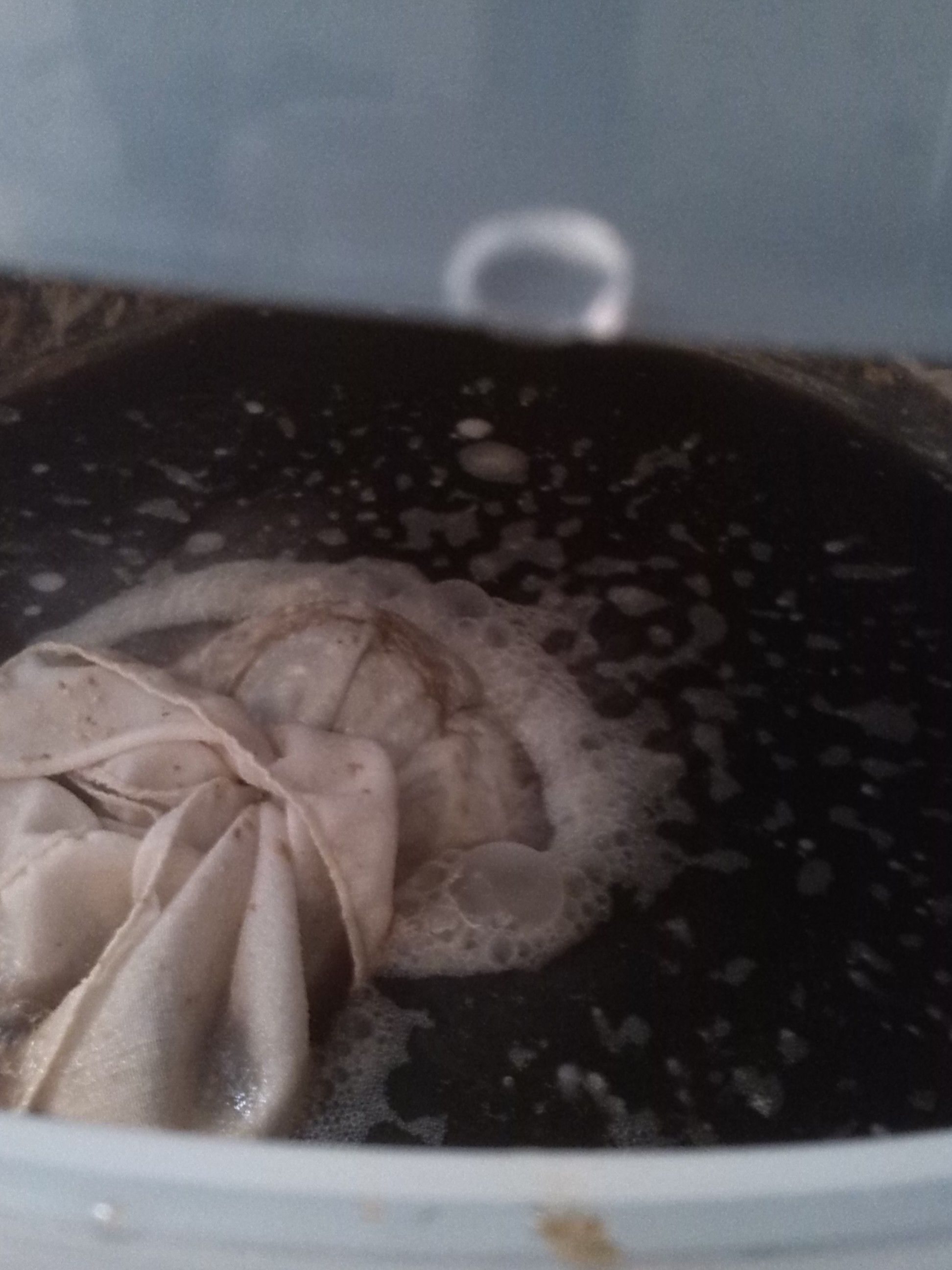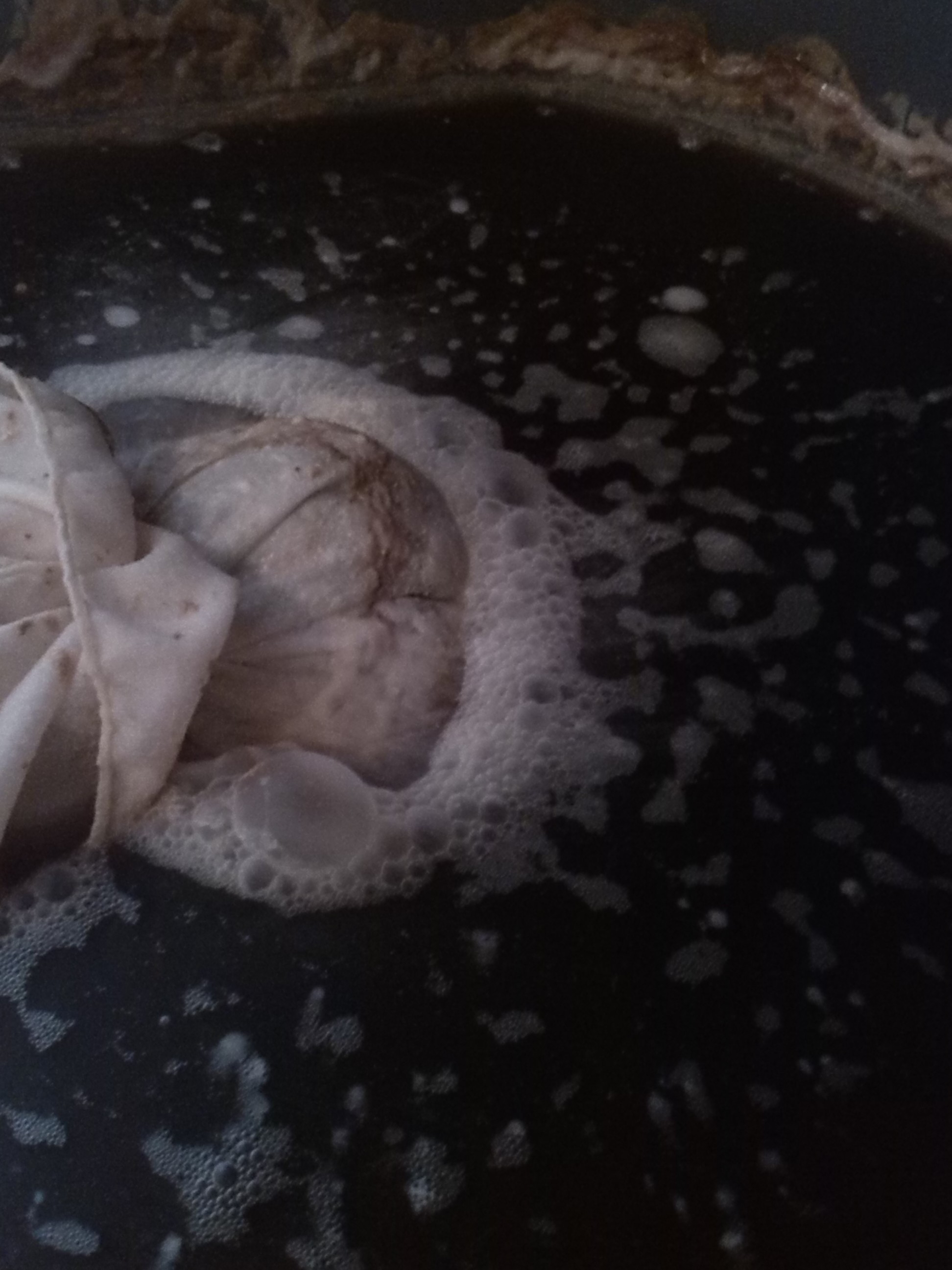Disaster! Looks like my hop sack has introduced a bug.
Any idea what this is and what I can do with it? I'm in a mind to just leave it and see where it ends up. is this a valid option and does anyone have any idea what will happen to it?


Not sure how great the pictures are, but these appeared very recently. The surface is also taking on a sort of sheen, like an ice rink.
Any idea what this is and what I can do with it? I'm in a mind to just leave it and see where it ends up. is this a valid option and does anyone have any idea what will happen to it?


Not sure how great the pictures are, but these appeared very recently. The surface is also taking on a sort of sheen, like an ice rink.



